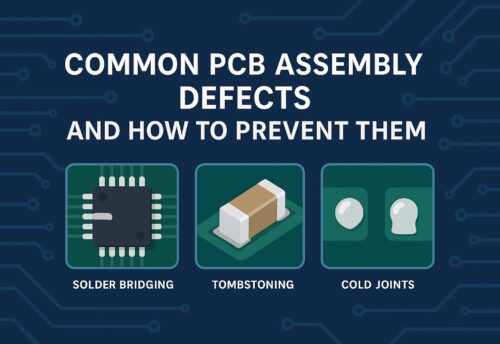- October 17, 2025
- PCB Blog
Single vs. Multilayer PCBs: When to Use Each?
Printed Circuit Boards (PCBs) are the foundation of every electronic device, connecting and supporting components to ensure smooth electrical performance. But when designing a board, one of the most crucial early decisions is whether to use a single-layer PCB or a multilayer PCB.
Both configurations have unique advantages and are suited for different applications. The choice impacts performance, cost, design complexity, and production time.
In this guide, we’ll break down the differences between single-layer and multilayer PCBs, their advantages, limitations, and – most importantly – when to use each based on your project requirements.
Table of Contents
- What Is a Single-Layer PCB?
- What Is a Multilayer PCB?
- Key Differences Between Single-Layer and Multilayer PCBs
- When to Use Single-Layer PCBs
- When to Use Multilayer PCBs
- Precision4PCB’s Expertise in PCB Design and Fabrication
- Conclusion
- FAQs
What Is a Single-Layer PCB?
A single-layer PCB, also known as a single-sided PCB, consists of one conductive copper layer on one side of the board, with components mounted on the other. These are the simplest and most cost-effective types of PCBs.
Structure Overview
- One substrate layer (usually FR4, fiberglass, or phenolic resin)
- One copper conductive layer
- A solder mask for insulation
- Silkscreen for component labeling
Advantages
- Low manufacturing cost
- Simple to design and produce
- Easy to repair or modify
- Ideal for high-volume, low-complexity products
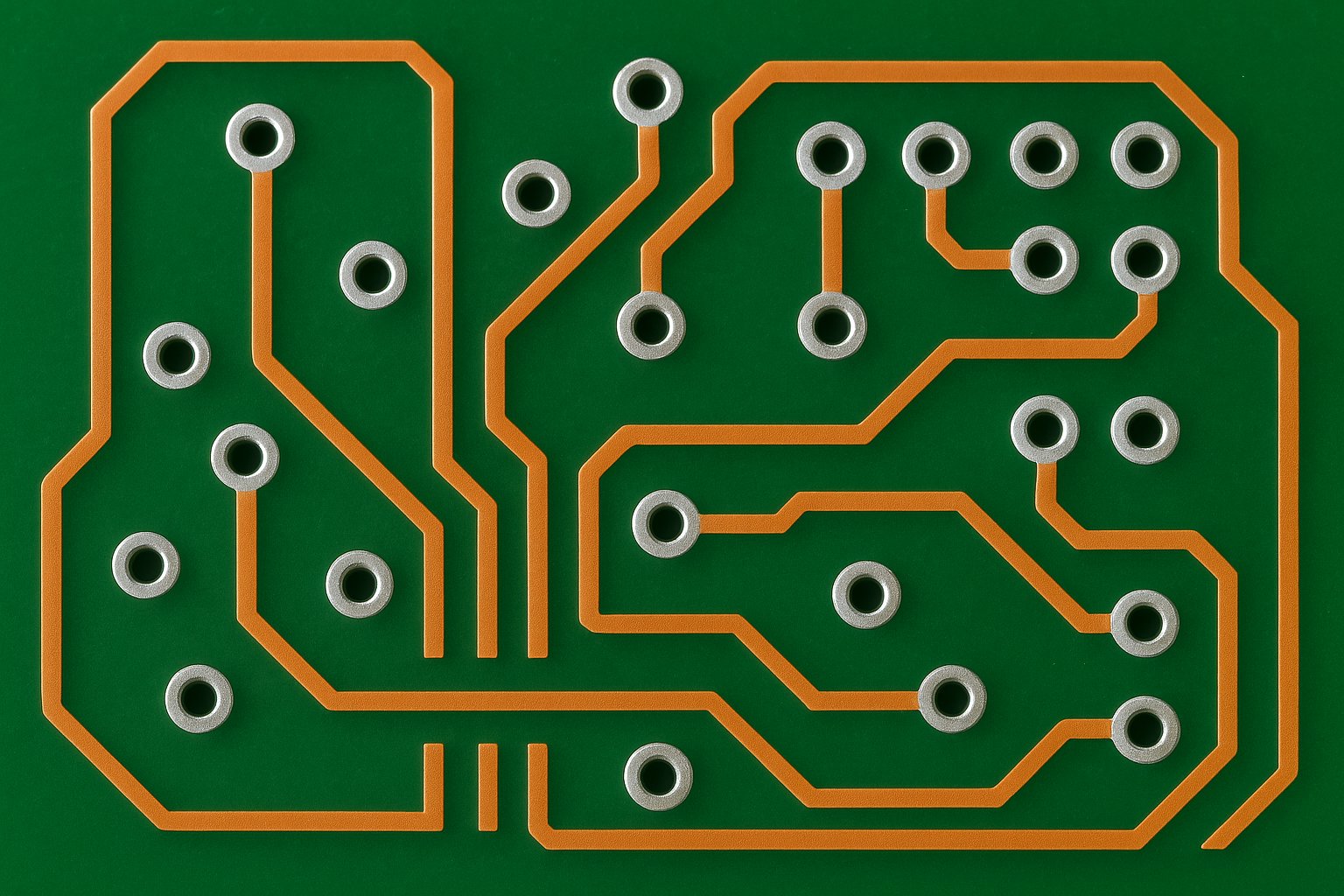
Limitations
- Limited circuit density
- Not suitable for high-speed or high-power designs
- Restricted routing area and limited functionality
Common Applications
- Power supplies
- LED lighting systems
- Basic consumer electronics
- Calculators, printers, and toys
What Is a Multilayer PCB?
A multilayer PCB is built by stacking multiple layers of copper and insulating material. These layers are laminated together with vias (vertical interconnects) that connect traces across layers, allowing for complex and compact designs.
Structure Overview
- Multiple conductive copper layers (typically 4 to 40+)
- Prepreg and core insulation layers between copper sheets
- Through-holes, blind, and buried vias to interconnect layers
Advantages
- Higher circuit density and performance
- Compact design – saves board space
- Improved EMI shielding and signal integrity
- Suitable for high-speed, high-frequency circuits
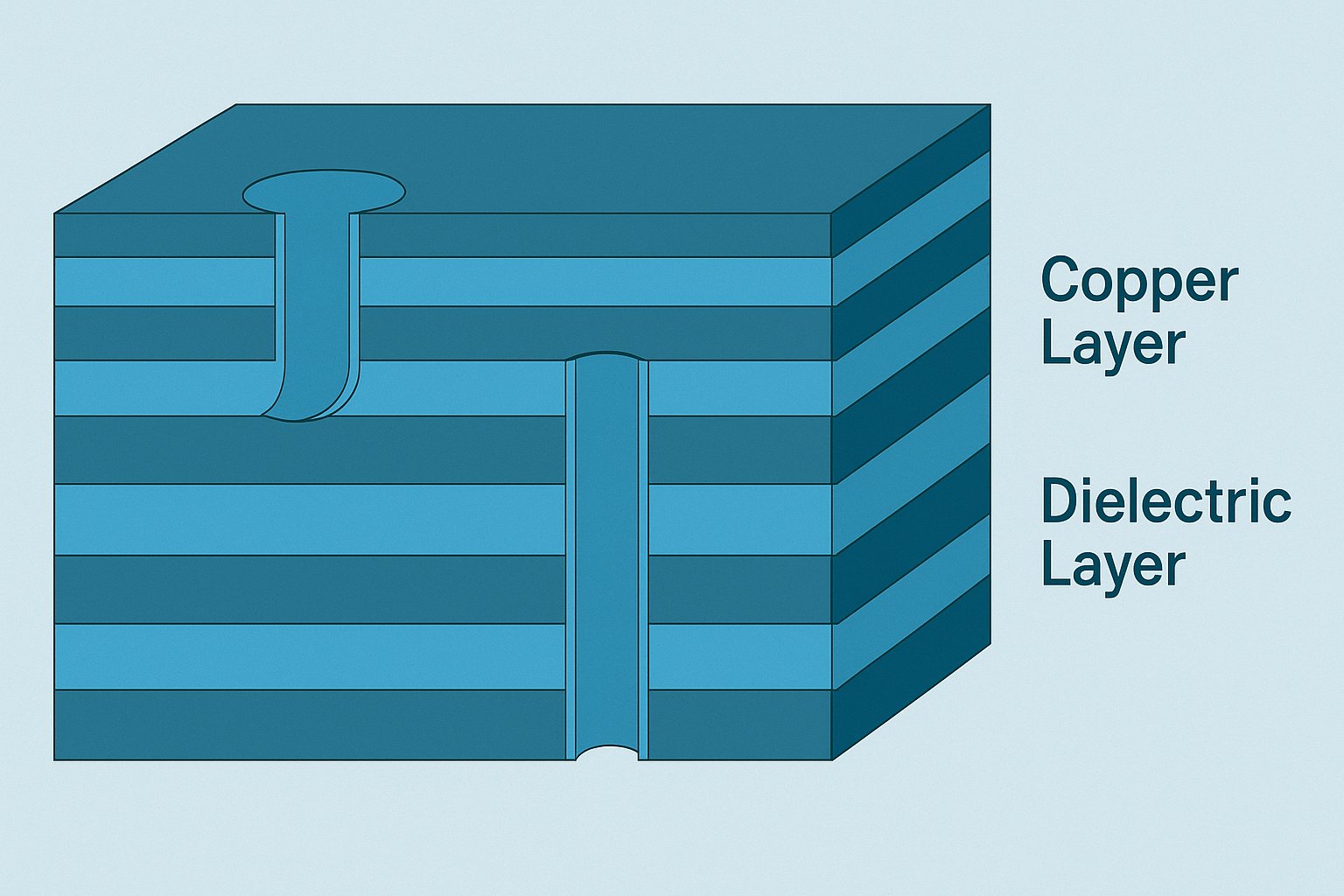
Limitations
- Higher cost and manufacturing complexity
- More difficult to test, inspect, and repair
- Longer production lead time
Common Applications
- Smartphones and tablets
- Computers and servers
- Medical devices
- Aerospace and defense electronics
- Automotive control systems
Key Differences Between Single-Layer and Multilayer PCBs
| Feature | Single-Layer PCB | Multilayer PCB |
|---|---|---|
| Copper Layers | 1 | 4 or more |
| Design Complexity | Simple | Complex |
| Cost | Low | High |
| Size | Larger | Compact |
| Performance | Basic | Advanced (high-speed, high-frequency) |
| Applications | Consumer & low-power devices | High-end electronics & industrial systems |
| Repairability | Easy | Challenging |
When to Use Single-Layer PCBs
Choose single-layer PCBs when:
- Your design requires basic electrical performance
- Budget and turnaround time are key considerations
- Space constraints are minimal
- The product will be mass-produced with simple functions
Example Applications:
- LED panels
- Power adapters
- Audio amplifiers
- Basic sensors and IoT modules
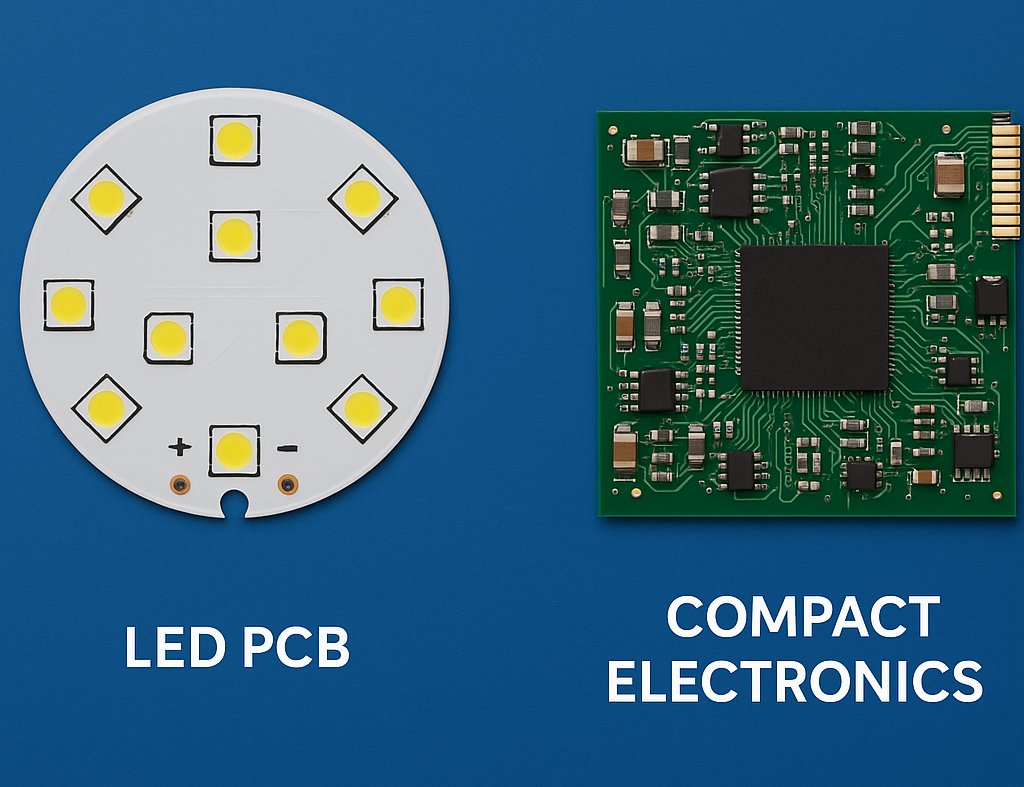
When to Use Multilayer PCBs
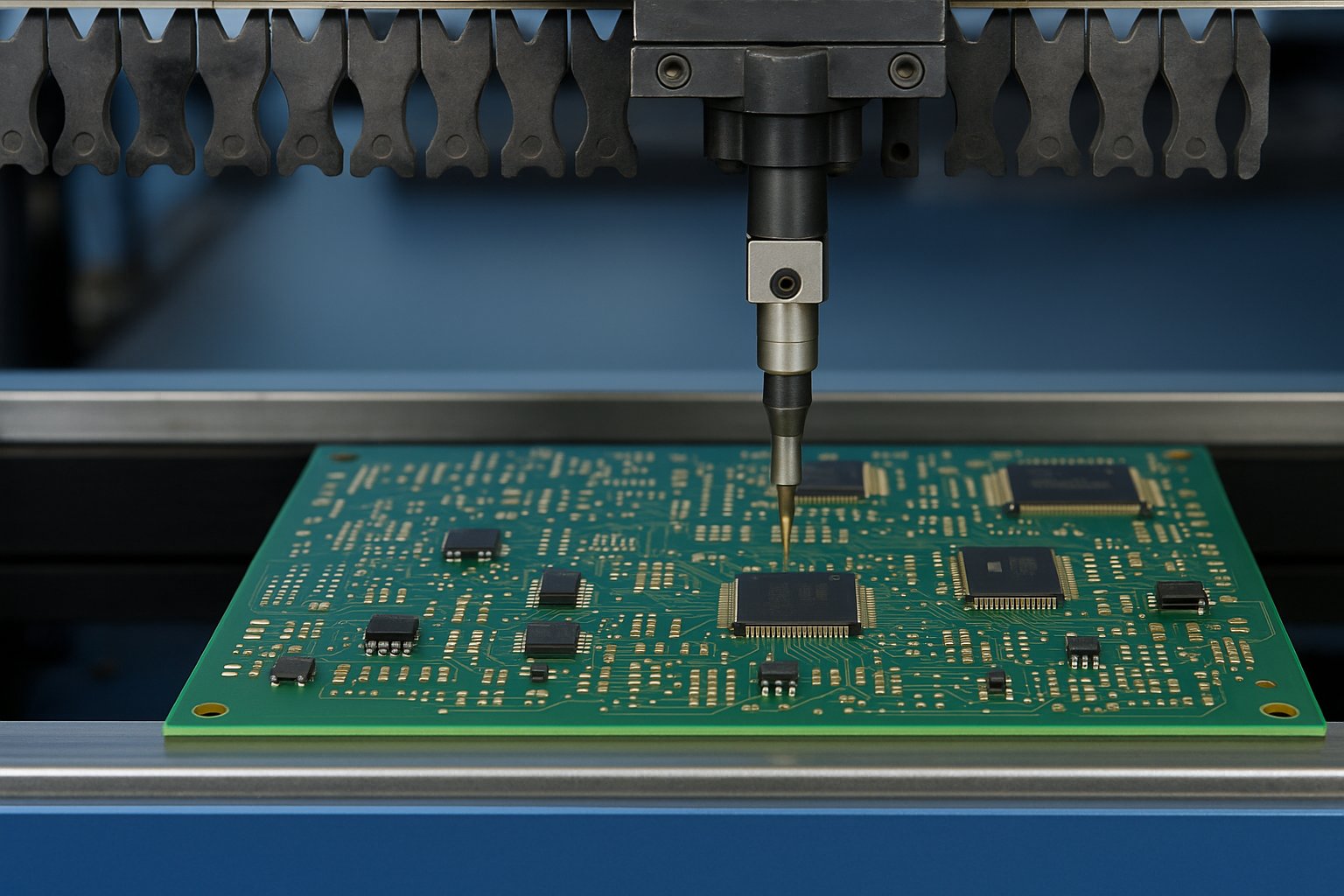
Choose multilayer PCBs when:
- Your project involves high-speed signals or complex routing
- Compact design and reliability are essential
- You need enhanced EMI control and thermal management
- The device requires integration of analog and digital signals
Example Applications:
- Smartphones, tablets, and wearables
- Aerospace guidance systems
- Industrial control systems
- Automotive ECUs
Medical diagnostic equipment
Precision4PCB’s Expertise in PCB Design and Fabrication
At Precision4PCB, we specialize in manufacturing both single-layer and multilayer PCB assemblies that meet the highest standards of reliability, precision, and performance.
Our capabilities include:
- Prototype to mass production support
- Multilayer stack-up design (up to 40 layers)
- HDI and impedance-controlled PCBs
- Rigid, Flex, and Rigid-Flex PCB solutions
- 100% electrical testing and AOI inspection

Conclusion
Choosing between single-layer and multilayer PCBs ultimately depends on your application requirements, budget, and performance goals.
If your project demands simplicity, low cost, and high production volume, a single-layer PCB is ideal.
If it requires compact size, high functionality, and advanced performance, a multilayer PCB is the way forward.
No matter your needs, Precision4PCB delivers custom-engineered PCB solutions that balance cost-efficiency with world-class reliability.
Ready to get your next PCB project built with precision?
Our expert engineers can help you select the right PCB type for your design and optimize it for performance and manufacturability.
Contact Precision4PCB today to discuss your project or request a free consultation.
Frequently Asked Questions (FAQs)
A single-layer PCB has one conductive layer, while a multilayer PCB has multiple stacked conductive layers separated by insulation. The choice depends on design complexity, signal density, and performance requirements.
Multilayer PCBs involve more complex manufacturing steps, such as lamination, via drilling, and alignment, which require precision machinery and additional materials – increasing cost and lead time.
Not typically. Single-layer PCBs are limited by space and signal integrity. High-speed circuits benefit from multilayer designs that provide better grounding and EMI shielding.
Multilayer PCBs are widely used in aerospace, automotive, medical, defense, and telecommunications — anywhere compact, reliable, and high-performance electronics are required.
Precision4PCB provides end-to-end PCB design consultation, helping you choose the right board type based on your performance goals, environment, and budget. We also offer prototyping, fabrication, and assembly — all under one roof.


